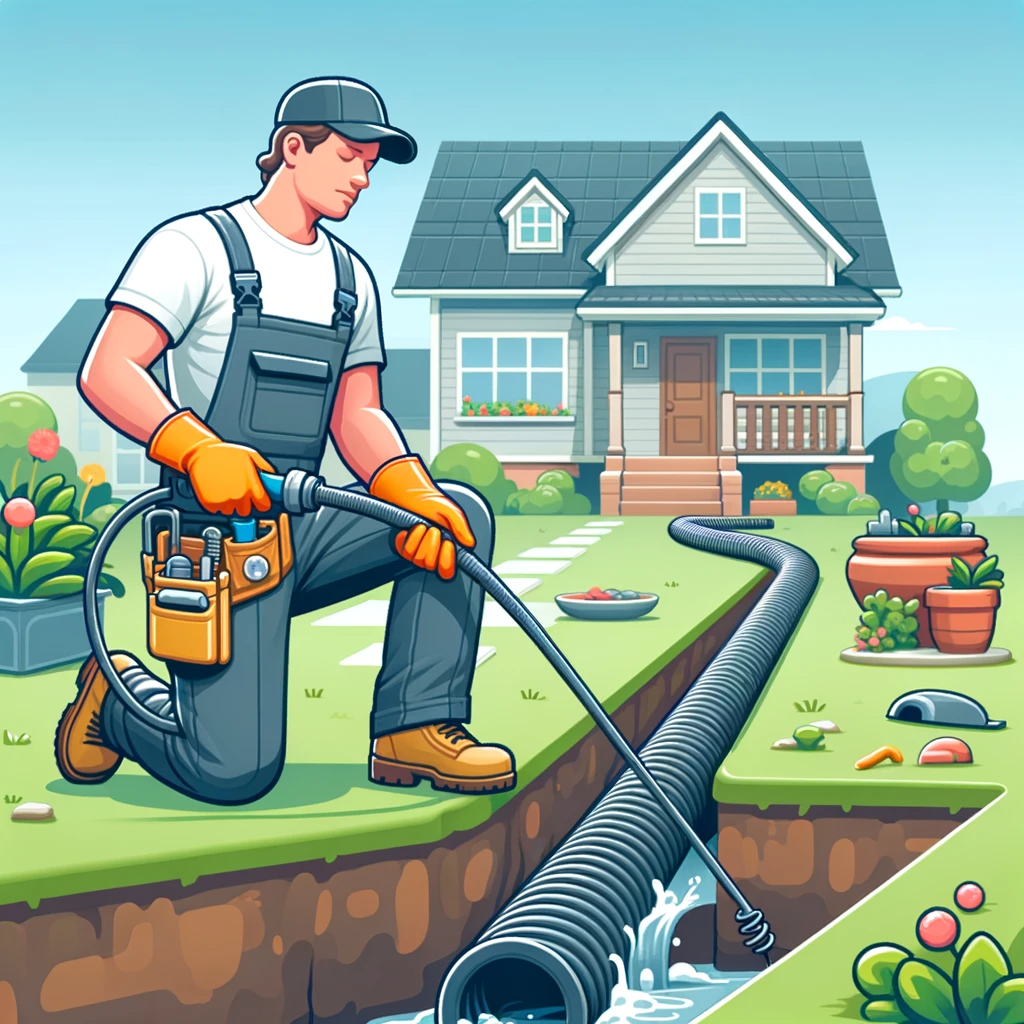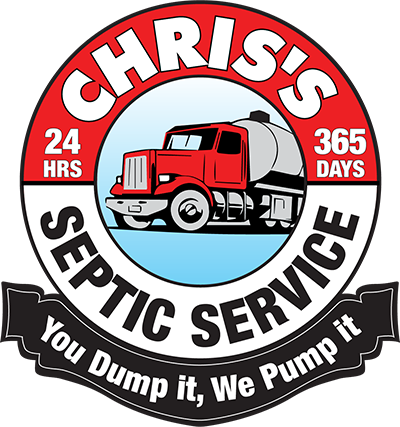Drainage Line Cleaning

Drainage line cleaning is an essential maintenance task for any residential or commercial building. It involves the removal of blockages and buildup within the pipes to ensure smooth and efficient wastewater disposal. The process typically includes several key steps:
-
Inspection: Initially, a visual or camera inspection is performed to identify the location and nature of the blockage.
-
Mechanical Cleaning: Tools like drain snakes or augers physically remove blockages. These tools can break up or retrieve solid obstructions.
-
High-Pressure Water Jetting: High-pressure water jetting is often used for more stubborn blockages or to clean the entire length of the drainage line. This method uses a high-pressure water stream to dislodge and flush out debris.
-
Chemical Cleaning: In some cases, chemical cleaners dissolve grease, soap, or other buildup. However, this method is less favored due to environmental concerns.
-
Maintenance and Prevention: Regular maintenance, including periodic cleaning and avoiding the disposal of inappropriate materials down the drains, can prevent future blockages.
Headline
It’s important to undertake drainage line cleaning regularly to prevent serious blockages or backups, which can lead to more significant issues like pipe damage or unsanitary conditions. In many cases, especially for complex systems or severe blockages, professional plumbing services are recommended to ensure the job is done safely and effectively.
